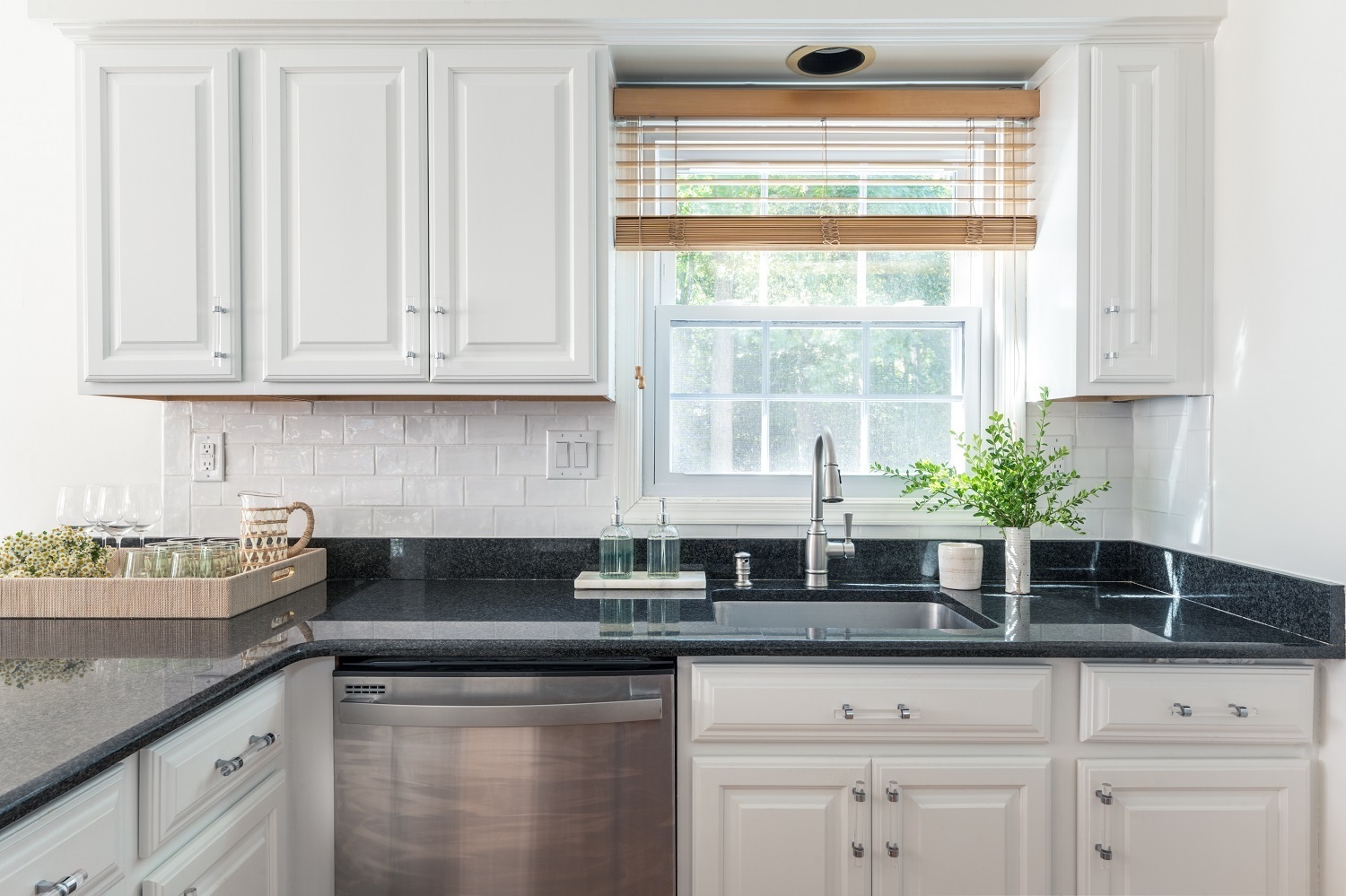6 Tips For Eco-Friendly and Sustainable Home Remodeling
Climate-friendly home conversions don’t have to be complicated


1. Hire an Eco-Friendly Contractor
If you're not going down the DIY route, hire a contractor with proven green credentials. Greenwashing (when a company falsely inflates its environmentally friendly practices) is common across many industries, including construction. Ask to see portfolio examples, check online reviews, and follow up on references.
While there aren’t any official regulatory authorities licensing green contractors, there are resources to help you find those with the right experience. There's a list of builders on the Energy Star website involved in constructing Energy Star-certified homes. Some other certifications to look out for include:
Certified Green Professional (CGP) via the National Association of Homebuilders
Green Credentials from Leadership in Energy and Environmental Design (LEED)
Green Builder Certifications from Green Advantage
2. Set Your Priorities
Manage your expectations when planning your projects—it might not be possible to do all the green changes you want right away. Much of your project depends on what areas of the house you're upgrading, material availability, your budget and timeline, and whether you want to take advantage of short- or long-term savings.
Select the priorities that mean the most to you, are the most practical as part of the project, and are within your budget. Don't forget, some changes—like adding energy-efficient appliances—are often easy to do outside the remodel when you have additional available funds.
3. Investigate Green Remodeling Incentives
There are various ever-changing federal, state, and local incentives available relating to green home improvements, many of which relate to improving energy efficiency. A good contractor will be familiar with all the latest offerings, but it’s important to do your own research. Check out sites such as the DSIRE (Database of State Incentives for Renewables & Efficiency) and speak to your municipal building division or utility provider about available programs to participate in. Some banks also offer financing incentives for energy upgrades.
4. Select Repurposed, Salvaged, and Sustainably Sourced Materials

The sourcing and manufacturing of building materials significantly contribute to greenhouse gas emissions. Consult with your remodeling contractor to see where you can substitute materials and inquire about repurposing and recycling project waste. Some examples of sustainable materials and some of their uses include:
Bamboo: Flooring and cabinetry
Cork: Insulation and flooring
Straw bales: Framing and insulation
Recycled plastic: Flooring, roofing, cable pipes, cabinetry, and countertops
Reclaimed wood and steel: Structural materials and flooring
Talk to your contractor about what materials you can salvage from the existing build and how they will dispose of any remodel construction waste. Your goal should include minimizing how much ends up in a landfill.
5. Be Energy-Efficient
There are lots of ways to make a home more energy-efficient, and it’s worth investigating whether any changes are possible as part of your remodeling project. These changes aren’t just better for the environment; they can also dramatically reduce your energy bills. Depending on the work you’re doing, upgrades worth considering include:
Insulation: As much as 40% of a home's heat loss is due to poor insulation. Will the project allow you to make insulative improvements in the walls, roof, or windows? Sustainable insulative materials include sheep's wool, soybean foam, hemp, and denim.
Energy-efficient lighting and appliances: If you’re doing a kitchen remodel and upgrading appliances, make sure they are Energy Star-certified. You could also make simple changes, like fitting LED lighting.
Renewable energy sources: Can you fit a solar panel system as part of a remodel or upgrade to an air source heat pump system? Wind turbines can also be added to some homes to supplement or upgrade your home’s energy source.
6. Go Green With Interior Design
Eco-friendly interior design choices are an easy way to make a difference—from selecting paints without harmful volatile organic compounds (VOCs) to searching for recycled materials furniture. The opportunities to go green with individual room remodels are plentiful too.
Clean Up Your Kitchen
Simple steps—like repainting or refacing cabinets rather than replacing them—are easy ways to achieve a green kitchen remodel when you’re on a budget. Eco-friendly countertop materials include recycled wood, paper, glass, natural stone, or bamboo.
Green Basement Waterproofing
Opting for zero or low-VOC sealants is a top priority for eco-friendly basement waterproofing and also improves your home’s air quality. You can also make simple green landscape drainage changes to prevent leaks and floods.
Low-Flow Bathroom
Conserving water in your home is a great way to start living a little more green. Toilet flushing uses almost 30% of the average home's water consumption. By installing low-flow toilets, showers, and faucets, you’ll save considerable quantities of water.





- Bathroom Remodeling
- Kitchen Remodeling
- Shower Installation
- Stair Installers
- Bathtub Installation
- Shower Door Installers
- Kitchen Design
- Bathroom Design Companies
- Storm Shelter Builders
- Pre-Made Cabinets
- Kitchen Refacing
- Bathtub Replacement
- Ceiling Tile Installation
- Suspended Ceiling Companies
- Residential Designers
- Stair Builders
- Remodel Designers
- Shower Enclosures
- Home Renovations
- Kitchen Renovations
- Garage Remodeling
- Grab Bar Installation
- Walk-In Tub Installers
- Tub to Shower Conversion
- Balcony Contractors
- 16 Ways to Start Living a Little More Green
- 6 Tips to Prepare for a Successful Home Remodel
- Home Renovation Cost Estimator for Planning and Budgeting
- Get Started with this Eco-Friendly Contractors Guide
- Kitchen Remodel Checklist to Help You Plan Your Project
- How to Build a House: Your Complete Guide to the Home-Building Process
- Everything You Need to Know About Sustainable and Green Interior Design
- How to Remodel a House on a Budget
- What Is a Green Home Inspection?
- Top Tips on Hiring the Perfect General Contractor for Your Next Project















